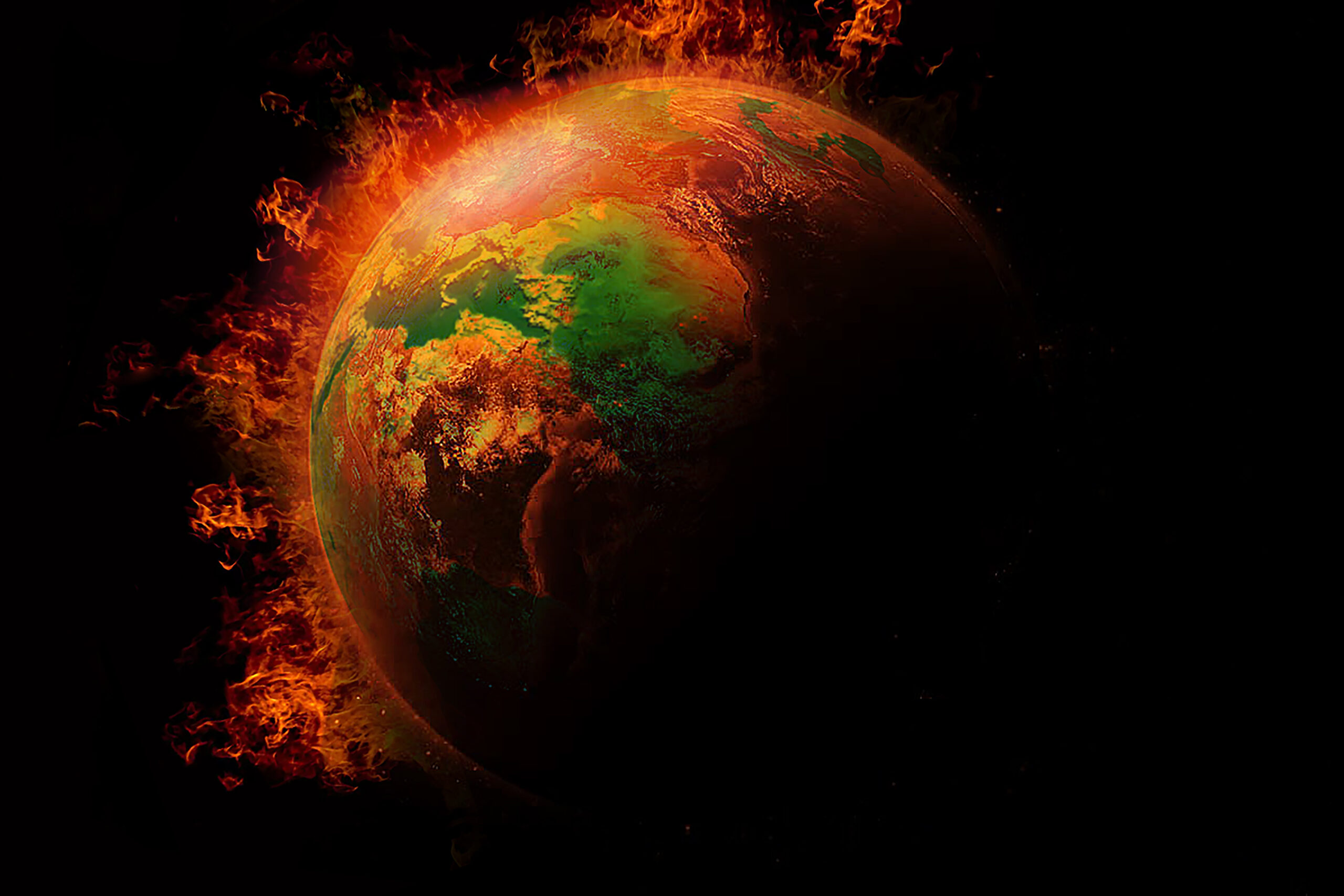Imagine looking up at the sky and seeing a blazing rock racing toward Earth. It sounds like a scene straight out of a science fiction movie—but the risk of an asteroid striking our planet is real, even if rare. The question is not just if it could happen, but what would happen if it did, and how prepared we truly are.
A Glimpse into the Past
Asteroids are rocky remnants from the early formation of our solar system. Most orbit the sun in the asteroid belt between Mars and Jupiter, but sometimes gravitational forces nudge them into paths that cross Earth’s orbit.
The idea of a devastating asteroid strike is not just theoretical. About 66 million years ago, a massive asteroid—around 10 kilometers wide—collided with Earth near the Yucatán Peninsula in modern-day Mexico. This event, known as the Chicxulub impact, is widely believed to have caused the extinction of the dinosaurs and wiped out nearly 75% of all life on Earth. The asteroid created a crater over 150 kilometers wide and sent enough debris into the atmosphere to block sunlight for months, leading to a dramatic shift in the global climate.
More recently, in 2013, a much smaller asteroid—about 20 meters wide—exploded over Chelyabinsk, Russia. The shockwave shattered windows and injured over 1,500 people. Though it didn’t cause mass destruction, it was a wake-up call to how vulnerable we still are.
What Could Happen Today?
Let’s consider a few scenarios based on asteroid size:
- Small (under 25 meters): These typically burn up in the atmosphere and may cause only minor damage.
- Medium (25 to 140 meters): These could flatten cities or entire regions if they hit land or cause tsunamis if they strike oceans.
- Large (over 140 meters): These have the potential to cause global catastrophe—triggering firestorms, earthquakes, climate change, and possibly mass extinctions.
NASA estimates that a collision with a large asteroid—more than 1 kilometer in diameter—happens once every 500,000 years. While rare, the consequences would be so severe that even a small probability deserves serious attention.
Are We Prepared?
Earth does not yet have a superhero-like defense system to blow up incoming asteroids, but significant efforts are underway.
1. Detection Systems
NASA, ESA (European Space Agency), and other global institutions have invested heavily in detection. The Near-Earth Object (NEO) Observations Program tracks thousands of asteroids. By cataloging and monitoring them, scientists can calculate their orbits and assess if they pose any future threat.
As of 2025, over 95% of the near-Earth asteroids larger than 1 km have been identified, and none appear to be on a collision course in the near future. However, smaller objects are more numerous and harder to detect, and they can still cause significant local damage.
2. Planetary Defense Missions
In 2022, NASA conducted the DART (Double Asteroid Redirection Test) mission—the first real test of a planetary defense strategy. A spacecraft deliberately crashed into the asteroid moonlet Dimorphos, successfully altering its orbit. This historic success proved that we can nudge an asteroid off a collision path if detected early enough.
Other strategies being considered include:
- Gravity tractors: A spacecraft hovering near an asteroid uses its own gravity to gradually shift the asteroid’s path.
- Nuclear devices: As a last resort, a nuclear explosion near (not on) an asteroid could alter its course.
These ideas sound bold, but timing is everything. Early detection—years or decades in advance—is crucial for any method to work.
The Human Factor Panic or Preparedness?
One of the greatest challenges in the event of a potential asteroid strike isn’t just the rock itself, but how humanity reacts. If scientists were to announce that an asteroid had a 90% chance of hitting Earth in 10 years, what would happen?
Without clear planning and communication, panic could spread—stock markets might crash, governments might struggle to manage public fear, and misinformation could run rampant. That’s why developing international coordination and public awareness is essential.
The United Nations has created the International Asteroid Warning Network (IAWN) to share information globally. The Space Mission Planning Advisory Group (SMPAG) is another body working to develop coordinated response plans. These organizations aim to prevent chaos and ensure rapid, science-based responses if a threat arises.

